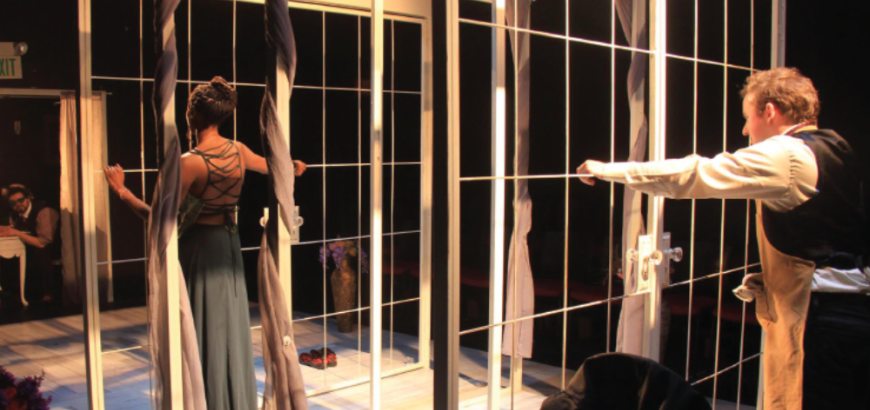This essay explores the significance of choosing to look/away in the theatre by analyzing the spectacle of suffering in two interpretations of Hedda Gabler’s demise. It focuses on the suicide sequence at Cutting Ball Theater in San Francisco, directed by Yury Urnov, and compares it with a secondary example: Ivo van Hove's interpretation of the same sequence at the National Theatre, London. Both productions surpassed Ibsen’s stage directions when it came to the exposure of Hedda’s body, presenting differently racialized yet “colorblind” associations of the displayed female body with violence. Urnov also inserted a break into his version of Hedda Gabler that evinced the connection between actor Britney Frazier’s blackness and the anything-but-colorblind world outside the theatre, initiating a reconsideration of the often-unmarked status of Hedda’s whiteness. Frazier’s refusal to perform Hedda’s suffering and her triumphant, lively exit evoked, the essay argues, what José Esteban Muñoz has called “the problems of belonging in alterity,” or tensions between the “crypto-universal” status of Ibsen’s drama (implicitly white, sometimes de-gendered) and the particular “choreography of self and other” that organizes actual stagings of Hedda Gabler. Recent research on intercultural Ibsen considers what it means to use his dramas to thematize particular ethno-cultural contexts. Much less attention has been given to nontraditional casting, racialization, and spectatorship of Ibsen in the West. Why is it necessary to amplify Hedda’s pain? And what does it mean for blackness to play a part in spectatorship of gendered suffering, especially if race functions as an intensifier of pleasure taken in evasion?
